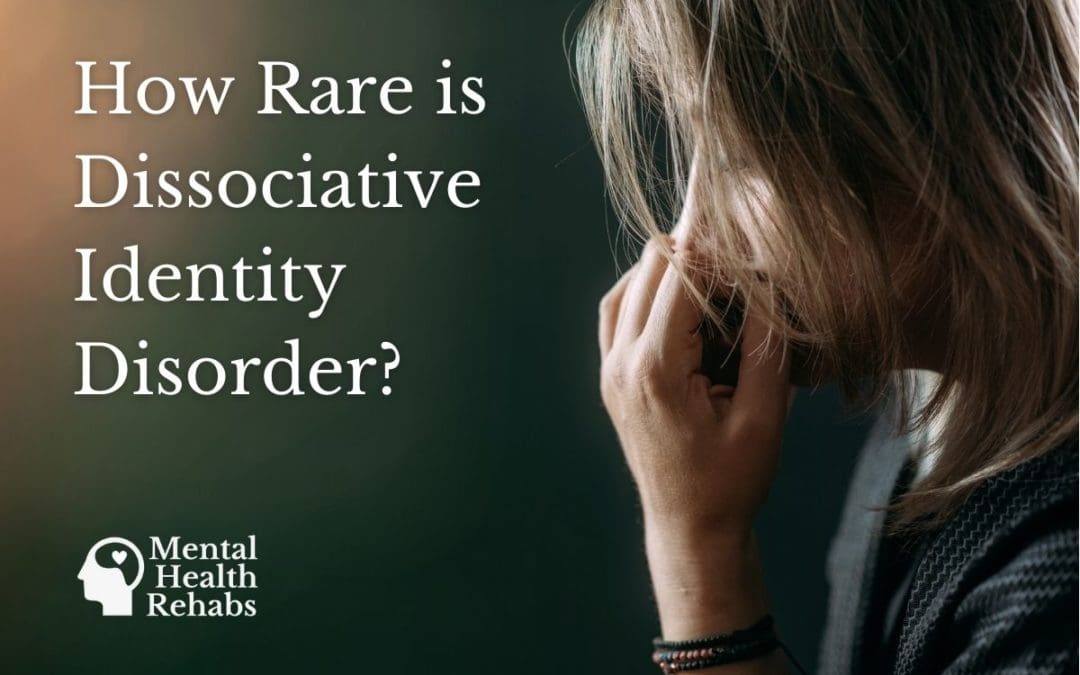Dissociative identity disorder (DID)–more commonly known by its former name, multiple personality disorder–is one of the most severe mental illnesses of its kind. It’s characterized as a person with two or more identities that function independently of each other. These personalities, known as “alters”, are fully formed identities that can drastically change a person’s behavior and mannerisms, such as the way they speak. They can also affect a person’s motor functions, cognitive abilities, and, in many cases, even their memories, effectively taking over the main core personality. It might seem hard to imagine that anyone could be walking and working amongst us with such a condition, but is it as uncommon as you might think?
What Causes Dissociative Identity Disorder?
Dissociative disorders are psychiatric conditions where a person struggles with their sense of self. They can include significant memory loss, out-of-body experiences, emotional numbness, or detachment. There are two other types of dissociative disorders in addition to dissociative identity disorder, depersonalization disorder and dissociative amnesia.
The cause of all dissociative disorders, including DID, is believed to be a response to trauma, particularly in children who have been exposed to long-term abuse, be it physical, emotional, or sexual. A study found that of individuals with DID in the U.S., Canada, and Europe, nearly 90% experienced abuse during childhood. Other traumatic experiences such as living through natural disasters or war can also lead to the development of this mental illness.
While the exact cause of dissociative disorders is still yet to be known, research suggests that the splintering of a person’s identity is a coping mechanism that provides a mental escape from those negative experiences.
How Rare Is Dissociative Identity Disorder?
According to the National Institute of Mental Health (NAMI), approximately 75% of people experience a depersonalization episode at least once in their lives, but only 2% meet the criteria for chronic episodes. The rates of dissociative identity disorder, however, make it even rarer, occurring in only 1.5% of the world’s population.
The actual number of diagnosed cases of dissociative identity disorder is likely higher than reported as it can be a difficult psychiatric condition to identify and can take multiple assessments. DID patients on average spend between 5 and 12.5 years in treatment before being properly diagnosed. It’s also not uncommon for dissociative identity disorder to be misdiagnosed as schizophrenia or other personality disorders, most often borderline personality disorder.
How to Diagnose Dissociative Identity Disorder
Dissociative identity disorder can be very challenging to identify and is most often diagnosed in individuals later in life. This is partly because longitudinal assessments (i.e. testimonies or medical history) are the primary means of diagnosing DID. However, several self-assessments have been created to evaluate whether a person has a dissociative identity:
- Dissociative Experiences Scale (DES): A self-assessment where individuals answer 28 questions on a scale of 0% to 100%. It is the most commonly used questionnaire to screen for a dissociative disorder that is useful for determining if a person should find a mental health rehab to undergo a full clinical review.
- Dissociation Questionnaire (DIS-Q): Another questionnaire where individuals self-report to screen for dissociative symptoms but involves 63 questions and measures different types of disassociation than the DES.
- Difficulties in Emotion Regulation Scale (DERS): This 36-question questionnaire where individuals self-report their ability to regulate their emotions through subjective questions.
It’s important to note that these responses or any other presenting symptoms are not related to substance abuse or cultural norms. Additionally, the DSM specifies that the symptoms cause noticeable impairment in day-to-day functioning. Aside from dissociative symptoms, individuals with DID or any other dissociative disorder have higher rates of self-harm and suicide attempts.
The Cultural Aspect of a DID Diagnosis
Another important factor that can affect whether cases of dissociative identity disorder are properly identified and diagnosed–and thus, how uncommon or common it might seem–is culture. In some religions, the state of depersonalization is a routine practice. In these instances, they would not count as being a symptom of dissociative identity disorder.
The way DID presents itself can also vary based on a person’s cultural background. Those whose culture believes in possession or other supernatural entities may experience alters that take those forms, such as a demon or spirit. In one of the earliest documented dissociative identity disorder cases in the 1700s, a woman who displayed classic DID symptoms had an exorcism performed on her. Amnesia is a common symptom experienced by those who live in cultures with restrictive social conditions.
Yes, Dissociative Identity Disorder is Treatable
DID doesn’t go away, but there are treatments available that can help make the condition more manageable and less dangerous to the individual. Speak to a mental health professional today if you suspect that you or a loved one are experiencing dissociative symptoms.

